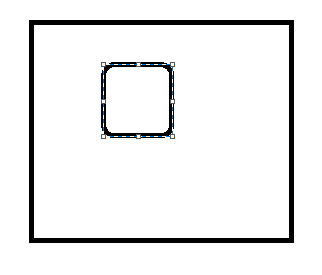If I use rec, lin and arc functions to define the below user defined aperture in sequential modelling, how do I know which part acts as aperture and which as obscuration?

If I use rec, lin and arc functions to define the below user defined aperture in sequential modelling, how do I know which part acts as aperture and which as obscuration?

Enter your E-mail address. We'll send you an e-mail with instructions to reset your password.